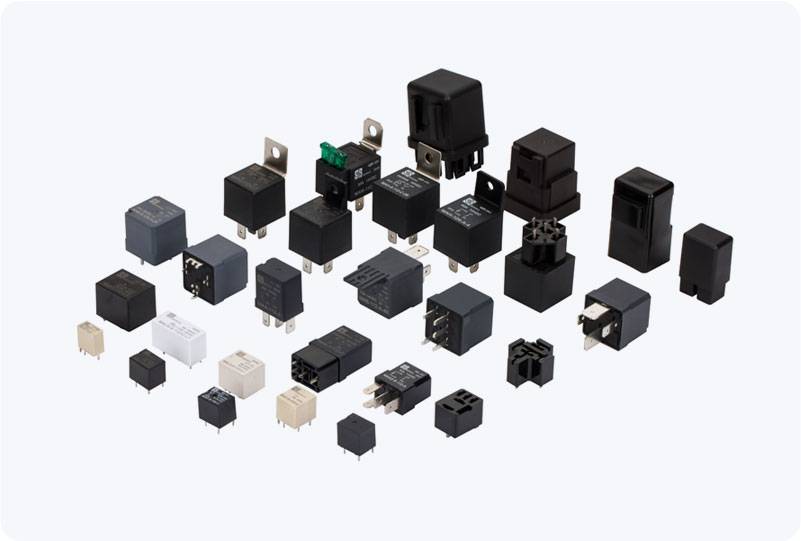Latching relays are crucial components in modern power systems, providing efficient, energy-saving solutions for switching and controlling electrical circuits. Unlike conventional relays, which require continuous power to maintain their state, latching relays can hold their position without the need for constant energy input. This unique feature makes them ideal for applications where energy efficiency, reliability, and long-term operation are critical. In this article, we will explore the working principle, advantages, and applications of latching relays in power systems.

Working Principle of Latching Relay A latching relay typically consists of two coils—one for setting the relay in an “on” state and another for resetting it to an “off” state. When the coil is energized, the relay switches between its two states (either open or closed). Once the relay has switched to a state, it remains in that position even after the power is removed, unlike conventional relays that return to their default state when power is lost. To change the state again, a pulse is sent to the second coil to reset the relay. This mechanism of maintaining a stable state without the need for continuous power input is what sets latching relays apart from traditional relays. This ability to “latch” into position has numerous practical applications in energy-efficient power systems.